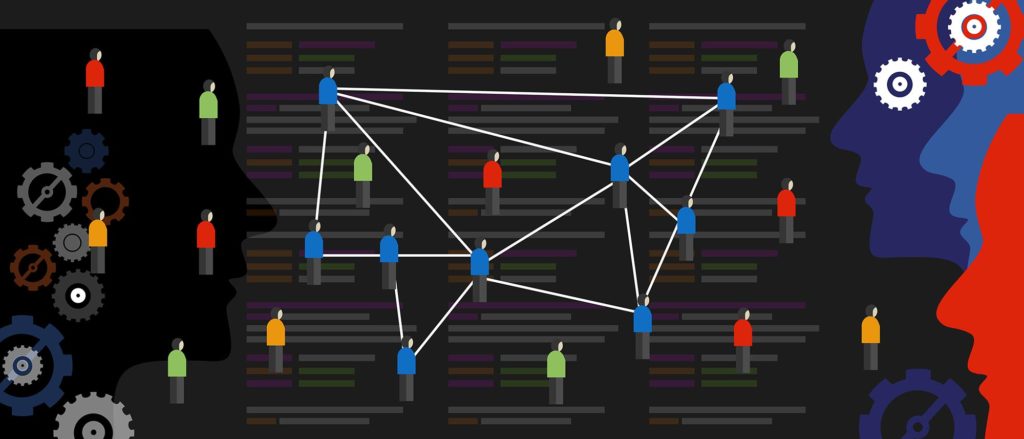Treat Implicit Bias as a Public Health Problem, New Report Recommends

Summary: To turn the tide on the biases that perpetuate social injustice, the latest issue of Psychological Science in the Public Interest recommends that governments and institutions treat implicit bias as a public-health problem.
Implicit biases are automatic and unconscious tendencies that can perpetuate social injustices based on race, gender, and age. Many well-intentioned and widely used programs and interventions to reduce implicit bias, however, have been woefully ineffective at bringing about meaningful change.
In the latest issue of Psychological Science in the Public Interest, a team of researchers reports on how decades of anti-bias techniques and programs—aimed primarily at individuals and groups—have failed to reduce implicit bias and discrimination. A more promising approach, they propose, is to treat implicit bias as a public health problem and to support programs that intervene more broadly at the institutional level.
“Anti-bias training methods have not effectively dealt with discrimination due to implicit and systemic biases,” said APS Fellow Tony Greenwald, a researcher at the University of Washington and lead author of the paper. “We find, however, that public-health-inspired solutions—programs that prevent biases from causing discrimination and tools to uncover and fix disparities—are much more likely to succeed, but they require buy-in from business and political leaders.”
Greenwald and his colleagues based these conclusions on their own empirical research and their review of an explosion of research on implicit bias over the past 25 years. Their analysis of the data indicates that a public-health approach can succeed in addressing both implicit and systemic biases where individual and group training programs have failed.
The new report recommends that political and business leaders focus on two broad approaches that remove potentially biasing information from a decision-making process. The first is to adopt preventative, harm-avoiding remedies. These include procedures that prevent a decision-maker from knowing the demographics of a person or group when developing programs and policies. The second is discretion elimination, in which the bases for creating new policies are restricted to non-demographic decision-relevant information.
To put their conclusions to work, Greenwald and colleagues propose four practical strategies that organizations can implement to reduce discrimination resulting from implicit biases:
- Make disparity-finding a standard practice.
- Prioritize the use and development of strategies based on bias prevention rather than strategies based on individual and group anti-bias initiatives.
- Use caution regarding remedies described as “training.” Training might improve education about biases, but it is unlikely to change implicit associations that cause discrimination.
- Integrate diversity, equity, and inclusion efforts into the organizational structure.
“Damages from implicit and systemic bias, which may be unintentional, contribute significantly to contemporary social injustices,” said Greenwald. “Reducing discriminatory bias will depend on business and political leaders understanding that it is in their power to implement effective fixes.”
Feedback on this article? Email [email protected] or login to comment.
Reference: Greenwald, A., Dasgupta, N., Dovidio, J., Kang, J., Moss-Racusin, C., & Teachman, B. (2022). Implicit-bias remedies: Treating discriminatory bias as a public-health problem. Psychological Science in the Public Interest. Advance online publication. https://doi.org/10.1177/15291006211070781





APS regularly opens certain online articles for discussion on our website. Effective February 2021, you must be a logged-in APS member to post comments. By posting a comment, you agree to our Community Guidelines and the display of your profile information, including your name and affiliation. Any opinions, findings, conclusions, or recommendations present in article comments are those of the writers and do not necessarily reflect the views of APS or the article’s author. For more information, please see our Community Guidelines.
Please login with your APS account to comment.